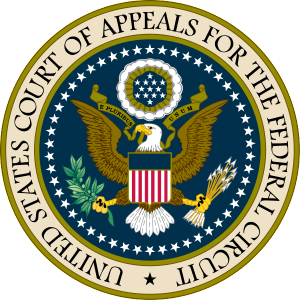No Appeal for Now
Earlier this week, we covered the United States Court of Appeals for the Fifth Circuit decision on the expanded DACA and DAPA programs. The court denied the Department of Justice’s request for a stay on the expanded DACA and DAPA programs, which it requested following a federal court’s decision to issue a preliminary injunction. That means that the programs remain unavailable.
The Fifth Circuit will hear arguments on the merits of the actual preliminary injunction in July. The court’s decision this week could be an augur of the decision on the merits. The decision was 2-1 against the executive action programs. The Department of Justice will not appeal that decision to the Supreme Court. Instead, it will wait for the hearing in July to make its case against the preliminary injunction and make the programs available to millions of individuals who are designated as low priorities for removal.
Expanded DACA was set to go into effect in February and it would have provided temporary relief to millions of undocumented migrants. DAPA was planned for May, and it has not been in effect. The original DACA program from 2012 remains in effect, but the class of individuals that qualifies is limited in comparison to the new executive programs.
Expanded DACA and DAPA are not pathways to citizenship. They do not grant permanent residency. They do not even confer real status. They are supposed to serve as temporary measures so that millions of individuals can obtain work authorization. The benefits that DACA recipients and undocumented migrants are eligible for are contested. The DACA and DAPA programs are supposed to provide relief temporarily while Congress passes comprehensive immigration reform. This has been a legislative priority at points over the past ten years, but it has not come to fruition.
 The US Court of Appeals for the Fifth Circuit
The US Court of Appeals for the Fifth Circuit  Immigration Reform in the News
Immigration Reform in the News